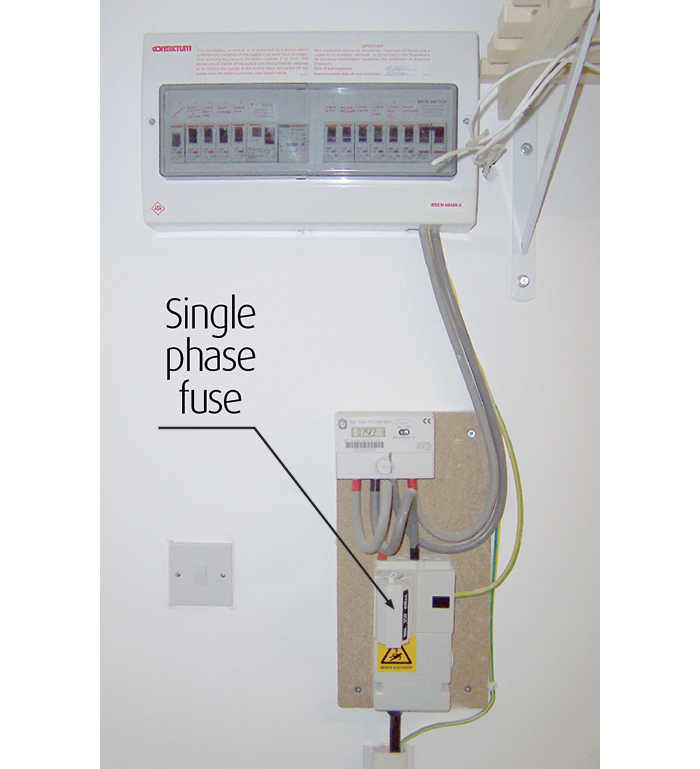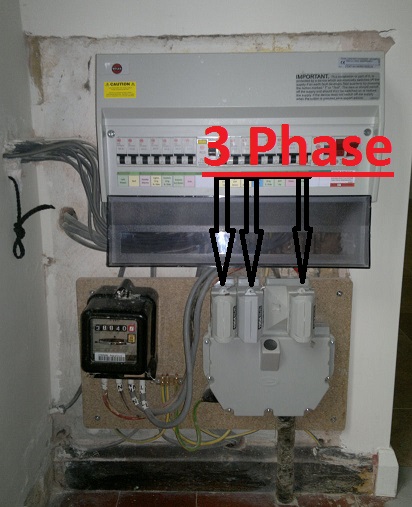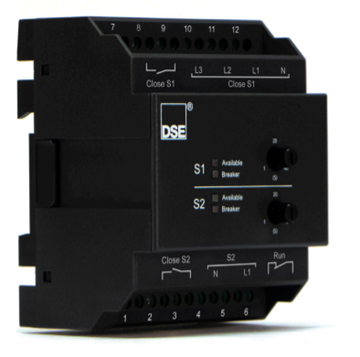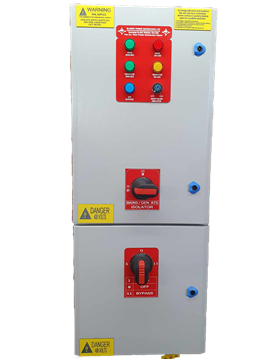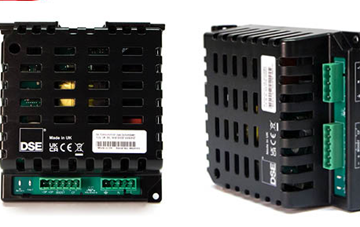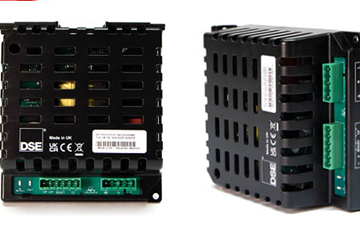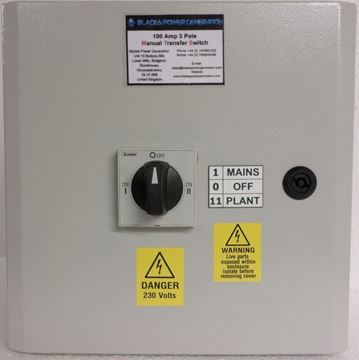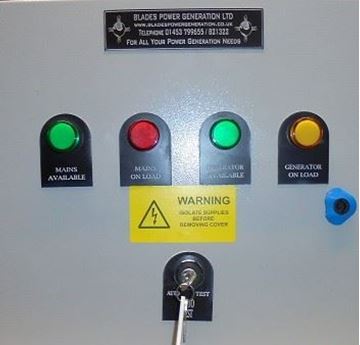If you have a standby generator at your home for the purpose of providing you with electricity if / when the mains power goes down, you also require a transfer switch. The purpose of the transfer switch is to ensure that the mains power and the generator power are never connected. If the mains power came into contact with the generator, it would almost certainly burn out the generator.
If the generator is running and is connected to the mains it could back feed the mains and this would endanger the lives of electricity workers. There are two types of transfer switch, one being a manual switch and the other being an automatic transfer switch.
If you have a manual transfer switch, it follows that when the mains power goes down somebody has to manually switch over from the mains to the generator. Then it is also necessary for someone to start the generator in order to supply power to the house again. This is not too bad if you are at home when the power goes down, but if you happen to be away, you are not going to get any electricity into the home until you return and carry out the switching process, or the mains power returns. This may, or may not, be a matter of concern depending on whether you need to keep anything running all the time.
The Automatic Switch Is The Better Option
The alternative, and probably better option, is to have an automatic transfer switch. These do cost more than a manual transfer switch but, as the name suggests, switch from mains to generator automatically. When the mains power goes down, the switch will detect the lack of power and then send a signal to the generator telling it to start up. Once the generator is up and running, it will send a signal back to the transfer switch to tell it that it is operating, and the transfer switch will then switch off the mains contact and connect to the generator. Thus, the generator and the mains can never be connected.
The automatic switch means that when the power goes down you will only be without it for a few seconds, until the generator is up and running.
There is another option, and that is an ATS without mains detection. In this case the mains detection has to be built into the generator which will send a signal to the ATS to disconnect from the mains. The generator then starts itself and when running sends a signal to the ATS telling it to switch over.













